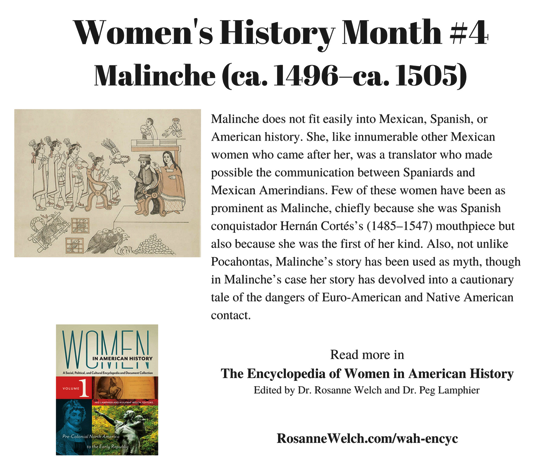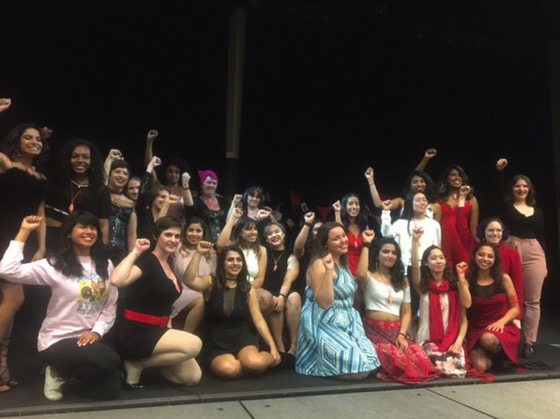Thinking about International Women’s Day and thinking about how whenever I ask female writers which writers they admired in their youth they often go straight to the boys – F. Scott and Ernest.
Sure, we read all of those boys (because that’s what school gave us) – and we’re welcome to have liked them – but really, WHAT were we reading on our own?
In asking that question, I realized I learned more from Mary Shelley and Margaret Mitchell and Eve Bunting and S.E. Hinton and Agatha Christie and Toni Morrison and Emily Neville and Elizabeth George Speare and Betty Cavanna.
Which women did you read then?
Which women do you read now?
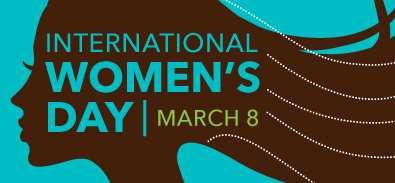









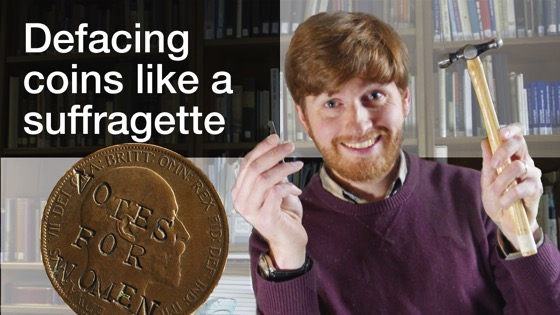
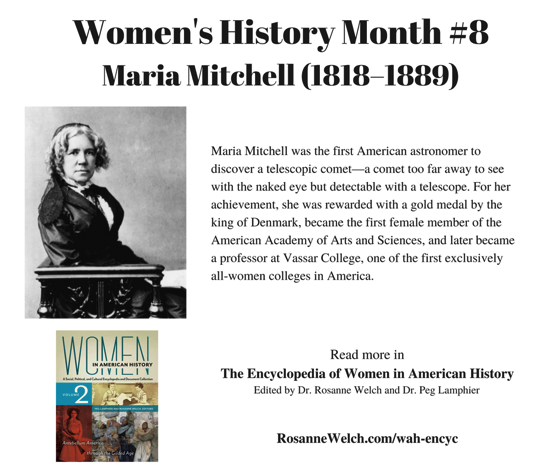
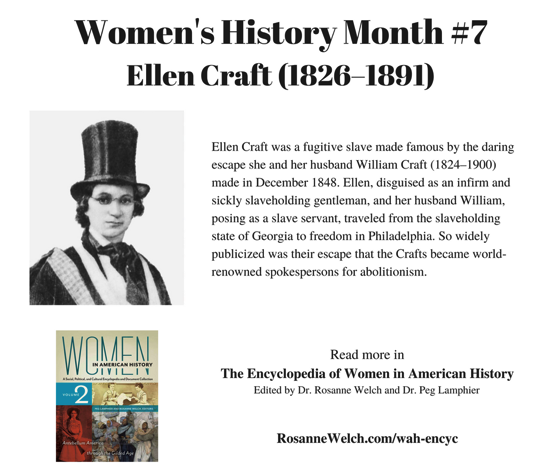
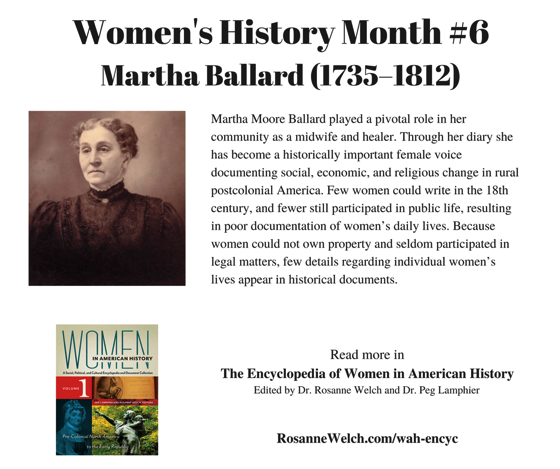
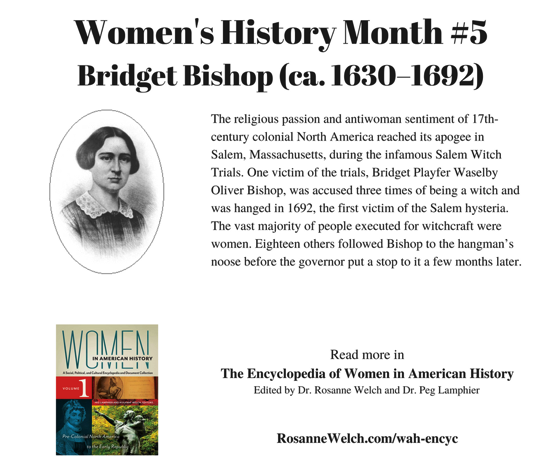
![Rosanne Welch and Peg Lamphier performing in The Vagina Monologues at Cal Poly Pomona [Video] (14:12)](https://rosannewelch.com/wp-content/uploads/2017/03/Vagina-Monologues-2017-Clip.jpeg)
